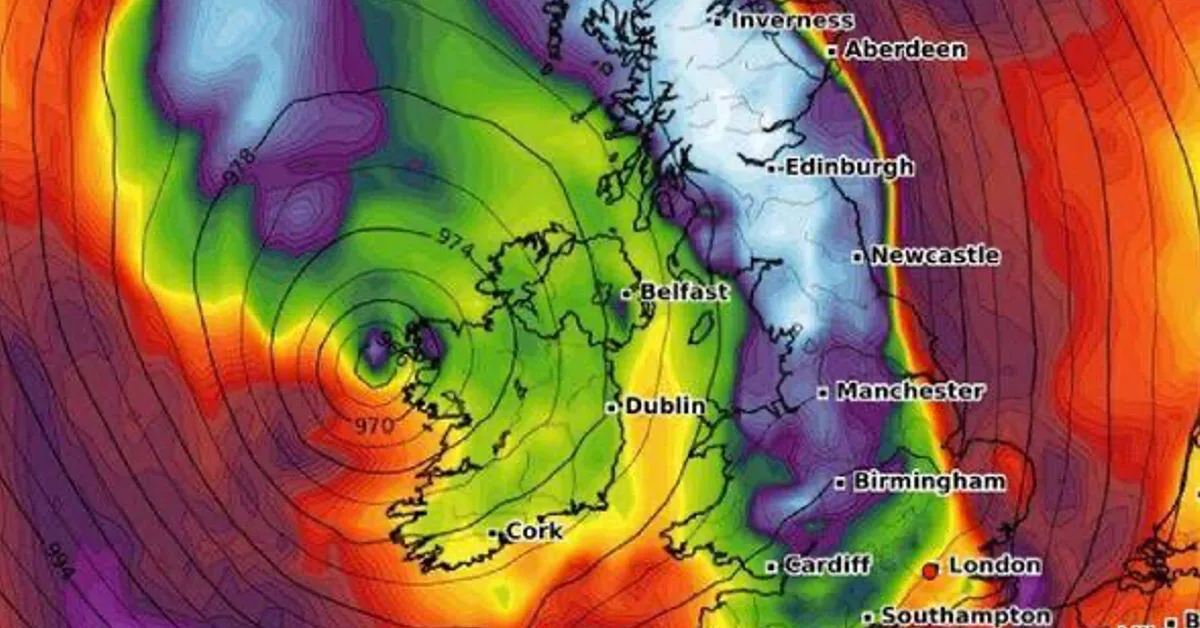Ireland is bracing for the impact of Storm Lilian, which is set to bring high winds and heavy rain to the country. Met Éireann has issued weather warnings for 21 counties, highlighting the potential for power outages, fallen trees, and coastal flooding.
Met Éireann has updated its warnings, issuing a new Status Yellow rain warning for counties Clare, Galway, Roscommon, Longford, Louth, Meath, Offaly, and Westmeath. This warning will be in effect from 10 PM tonight until 4 AM Friday, with heavy rain expected to lead to localized flooding and difficult travel conditions.
In addition, a Status Yellow wind warning has been issued for Munster, Wexford, Wicklow, Carlow, Kilkenny, Laois, Kildare, and Dublin. This warning will be in effect from midnight until 6 AM tomorrow. The forecaster has warned of “unseasonably strong and gusty south to southwest winds,” which could result in power outages, fallen trees, and coastal flooding due to very high tides.
The strong winds and heavy rain are expected to cause significant disruption. Met Éireann has highlighted the risk of coastal flooding, wave overtopping, and power outages in the affected counties. The winds, which are expected to veer west to northwest, could also bring down trees and cause damage to property.
Storm Lilian, named by the UK Met Office, is the 12th named storm of the current storm season. It is expected to bring strong winds and heavy rain to parts of the UK as well. Wind gusts of up to 96 km/h are widely forecast across northern parts of Britain overnight and into tomorrow morning, with a lower chance of up to 120 km/h winds in a smaller area.
The last named storm to hit Ireland was Kathleen on April 6, which saw strong gale-force winds of up to 85 km/h. Earlier in the year, Storm Isha, classified as a “violent storm,” recorded gusts of 137 km/h at Mace Head in Co Galway.
Residents in the affected areas are advised to take precautions and stay updated with the latest weather information. Met Éireann has urged people to secure outdoor items, avoid unnecessary travel, and stay indoors during the peak of the storm. The public is also advised to stay away from coastal areas due to the risk of wave overtopping and coastal flooding.
Keep an eye on weather updates and follow the advice of local authorities to stay safe during this severe weather event.
